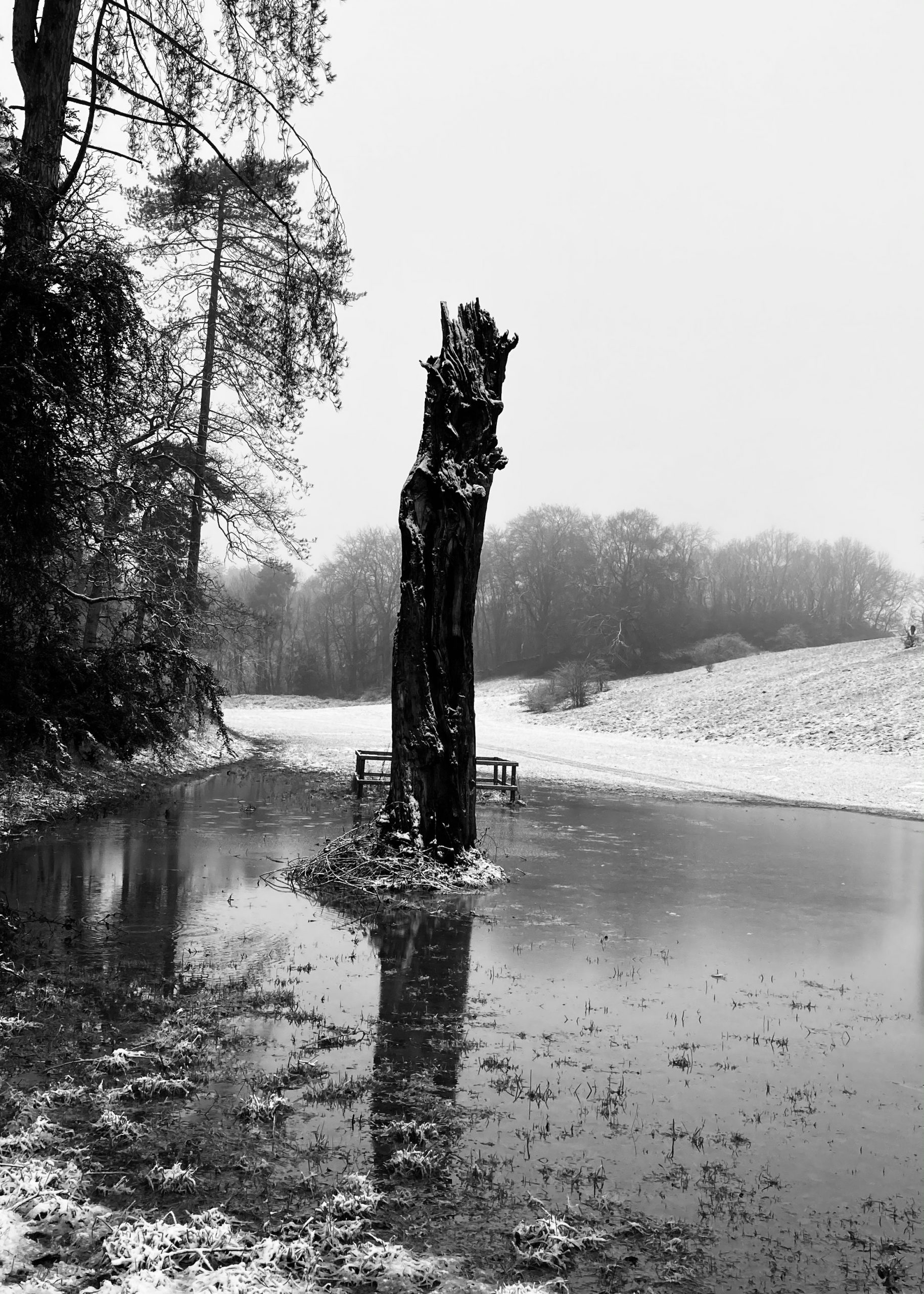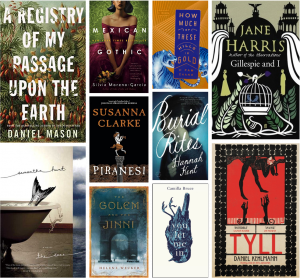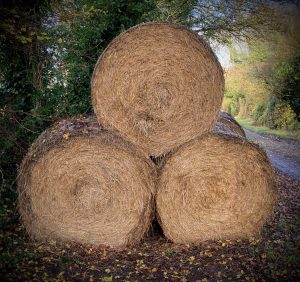
In Jungian psychology, The Shadow archetype (also known as the id) represents the unconscious repressed side of a personality, and is often associated with the dark side, in particular.
The Shadow consists of all the emotions and behaviours an individual conceals from the world at large. Such emotions may be negative or otherwise. When hidden, natural emotions such as grief may explode in a harmful way. The Shadow may also represent untapped potential (the path not taken); contrasexuality, in other words the anima (the unconscious feminine side of a man) and the animus (the unconscious masculine side of a woman); or repressed homoerotic tendencies.
The Shadow archetype is associated with wildness, chaos, mystery and the unknown.
In literature, the purpose of The Shadow is to create conflict by challenging The Hero. Only by overcoming the antagonist, can the protagonist move on. The Hero may identify with The Shadow, as Harry Potter does with Lord Voldemort (J K Rowling).
The Shadow can appear in a character’s dreams or visions, and might also take animal form, such as snake or dragon. The archetype need not even be a character but a shadowland, or entity, such as the portrait in The Portrait of Dorian Gray (Oscar Wilde).
In dramatic terms, the archetype may be called the evil within, the evil without, the evil counterpart, the evil twin, the doppelgänger, the nemesis, or the villain. The Hero and The Shadow can be seen as two sides of the same coin, such as with Doc Holliday and Johnny Ringo in the film, Tombstone.
Examples in Literature
- Beowulf and Grindel in Beowulf, unknown
- Casandra and Pepper-Man in You Let Me In, Camilla Bruce
- various in the Newford books, Charles de Lint
- Sherlock Holmes and Professor Moriarty in the Adventures of Sherlock Holmes, Sir Arthur Conan Doyle
- The other flat in Coraline, Neil Gaiman
- Edie and Gnome in The Night Brother, Rosie Garland
- Ged and Shadow in The Wizard of Earthsea, Ursula K Le Guin
- Laura and Carmilla in Carmilla, J Sheridan Le Fanu
- Mary Catherine and Constance in We Have Always Lived in the Castle, Shirley Jackson
- July and September in Sisters, Daisy Johnson
- Captain Ahab and Moby Dick in Moby Dick, Herman Melville
- Rat Catcher and Frances in Boy, Snow, Bird, Helen Oyeyemi
- Mordew and the Master in Mordew, Alex Phelby
- Brothers Aloysius and Diogenes in the Diogenes Trilogy of the Pendergast series, Douglas Preston and Lincoln Child
- Jekyll and Hyde in The Strange Case of Doctor Jekyll and Mr Hyde, Robert Louis Stephenson
- Gollum and Bilbo/Frodo; Saruman and Gandalf in The Lord of the Rings, J R R Tolkien
- The twins in The Other, Thomas Tryon
- The shadow people in The Girl Who Circumnavigated Fairyland in a Ship of Her Own Making, Catherine M Valente
Bibliography
All the Tropes (accessed 27 December 2020)
Booker, Christopher (2006) The Seven Basic Plots: Why We Tell Stories. Bloomsbury Academic
Campbell, Joseph (2008) The Hero With a Thousand Faces. New World Library
Franz, Marie-Louise von (1995) Shadow and Evil in Fairy Tales (A C.G. Jung Foundation Book): 1 (C. G. Jung Foundation Books), 2nd revised edition. Shambhala Publications Inc.
Know Your Archetypes (accessed 27 December 2020)
Mythcreants (accessed 27 December 2020)
Vogler, Christopher (2007) The Writer’s Journey: Mythic Structure for Writers, 3rd edition. Michael Wiese Production








